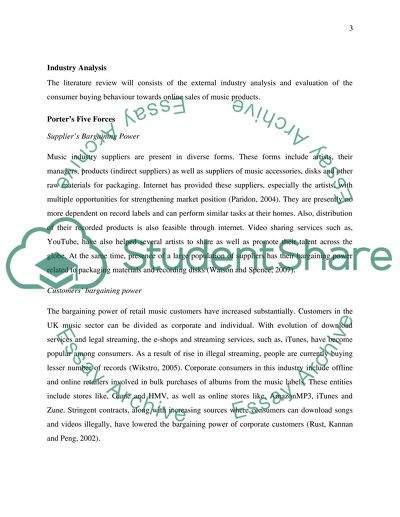Cite this document
(“How could HMV survive in digital word Literature review”, n.d.)
How could HMV survive in digital word Literature review. Retrieved from https://studentshare.org/marketing/1654029-how-could-hmv-survive-in-digital-word
How could HMV survive in digital word Literature review. Retrieved from https://studentshare.org/marketing/1654029-how-could-hmv-survive-in-digital-word
(How Could HMV Survive in Digital Word Literature Review)
How Could HMV Survive in Digital Word Literature Review. https://studentshare.org/marketing/1654029-how-could-hmv-survive-in-digital-word.
How Could HMV Survive in Digital Word Literature Review. https://studentshare.org/marketing/1654029-how-could-hmv-survive-in-digital-word.
“How Could HMV Survive in Digital Word Literature Review”, n.d. https://studentshare.org/marketing/1654029-how-could-hmv-survive-in-digital-word.


